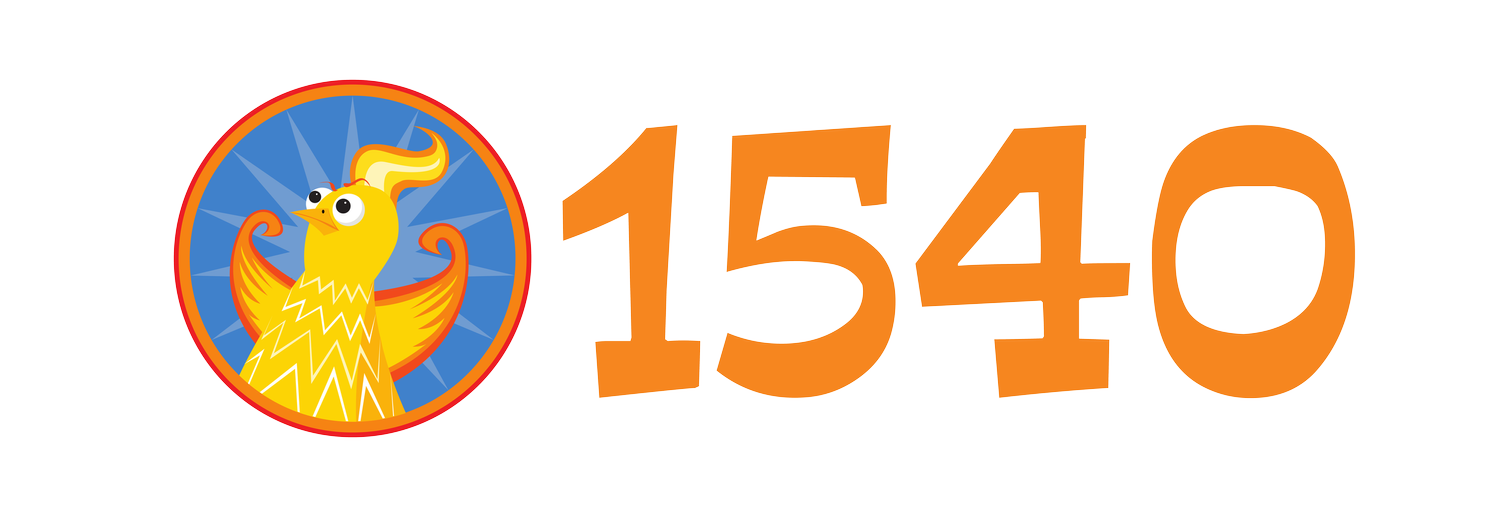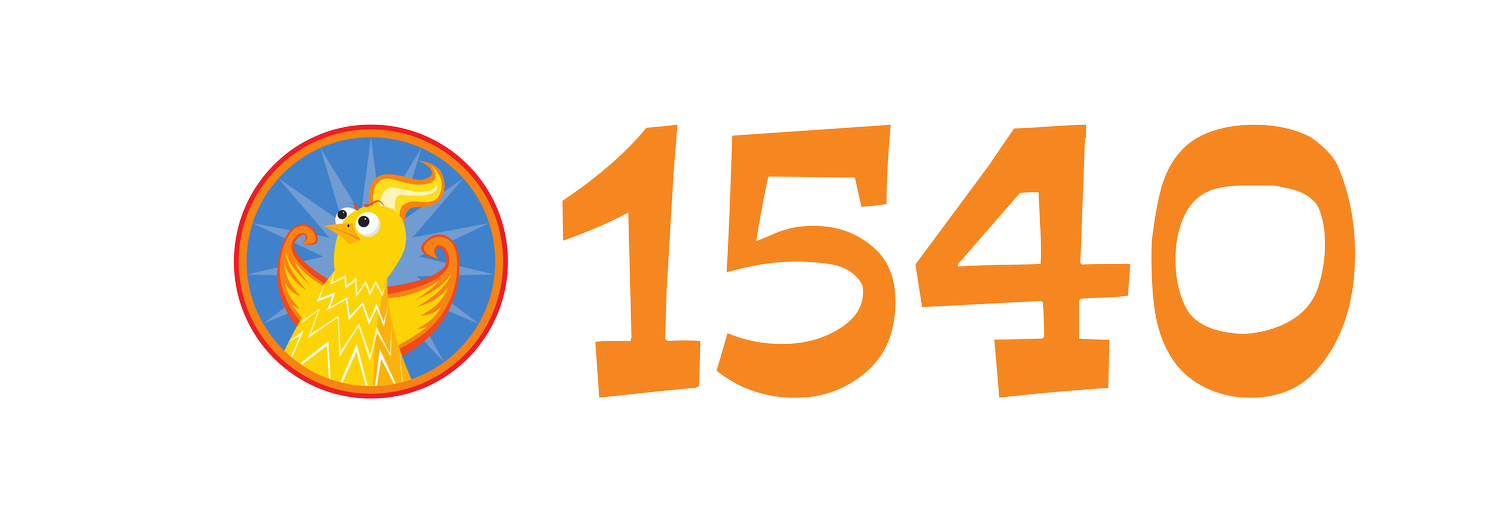WaterWand
The Problem
Oceans, the epicenter of global warming, absorb about one-third of the 22 million tons of carbon dioxide per day that humans send into the atmosphere. Oceans were 0.17 ℃ warmer in 2017 than in 2000. This warming trend and resulting sea level rise is expected to dramatically accelerate this century. Already, the average surface ocean pH has dropped by 0.1 unit, a 25% increase in acidity. Warmer ocean temperatures cause mass coral bleaching, resulting in the starvation, shrinkage and death of the corals that support the thousands of species that live on coral reefs. Rising sea levels also threaten to drown wetlands and estuaries, resulting in steep declines of shorebird populations. The escalating effects of global warming on water ecosystems will require close monitoring of water quality indicators to be able to develop proactive actions that mitigate the effects of climate change.
Our Solution
The WaterWand’s electronics consist of eight major components: the AdaFruit bluetooth Arduino, a circuit board, a 9V battery, a power supply converter, and sensors for pH, turbidity, salinity, and temperature. The bluetooth Arduino was soldered onto the circuit board in order to provide more analog and digital I/O ports which give us the capability to add more sensors and upgrade the system in the future. The 9V battery was wired to the power supply converter and a rail on the circuit board, converting the 9V from the battery into the 5V used by the Arduino and the pH and turbidity sensors. The salinity and temperature sensors use 3.3V, which are provided by the Arduino. The output voltages of the turbidity and temperature sensors are higher than voltage taken by the Arduino. For those two sensors, we ran their outputs through resistors to adjust the voltage. Furthermore, the pH, turbidity, and salinity sensors all provided analog outputs, and were wired to analog input pins on the circuit board.
Software and Web Design
An iOS and Android compatible mobile app allows volunteers to collect and view WaterWand data. The WaterWand automatically connects to the app via Bluetooth Low Energy to send live sensor readings, which can be collected and analysed even in remote areas without internet access. Once data is collected and the phone is connected to the internet, the geotagged data is uploaded to the WaterWand cloud database.
The WaterWand Web App displays data collected by volunteers across the country, synced from the central WaterWand cloud database. Users can view overall trends in data through automatically created charts. Data can be exported into a spreadsheet for further analysis. The WaterWand Web App also displays the location of all data points collected, providing an easy interface to view data.
Partnership with Surfrider Foundation
Our team is working with the Surfrider Foundation, a nonprofit organization that focuses on water quality, beach access and protection, and sustaining marine and coastal ecosystems. With over 50,000 members and 70 chapters, Surfrider has a nationwide impact. The Portland chapter of Surfrider operates a variety of programs. We are working with Surfrider’s Blue Water Task Force, a water quality testing initiative that uses volunteers at the Oregon coast to monitor water quality. The data is used to determine if the water is healthy for local wildlife and visitors or whether action needs to be taken to improve water quality. After understanding the issues most critical to Surfrider, our team proposed the idea of the WaterWand. Customer feedback resulted in many design iterations.





